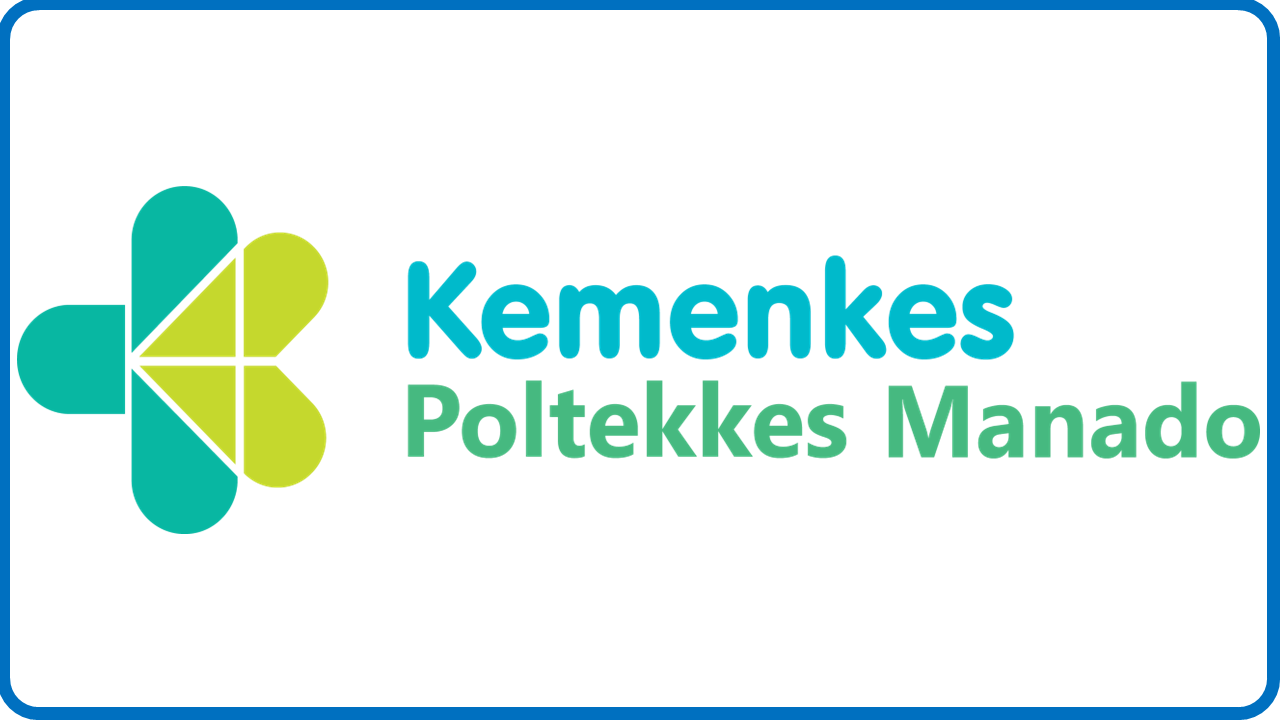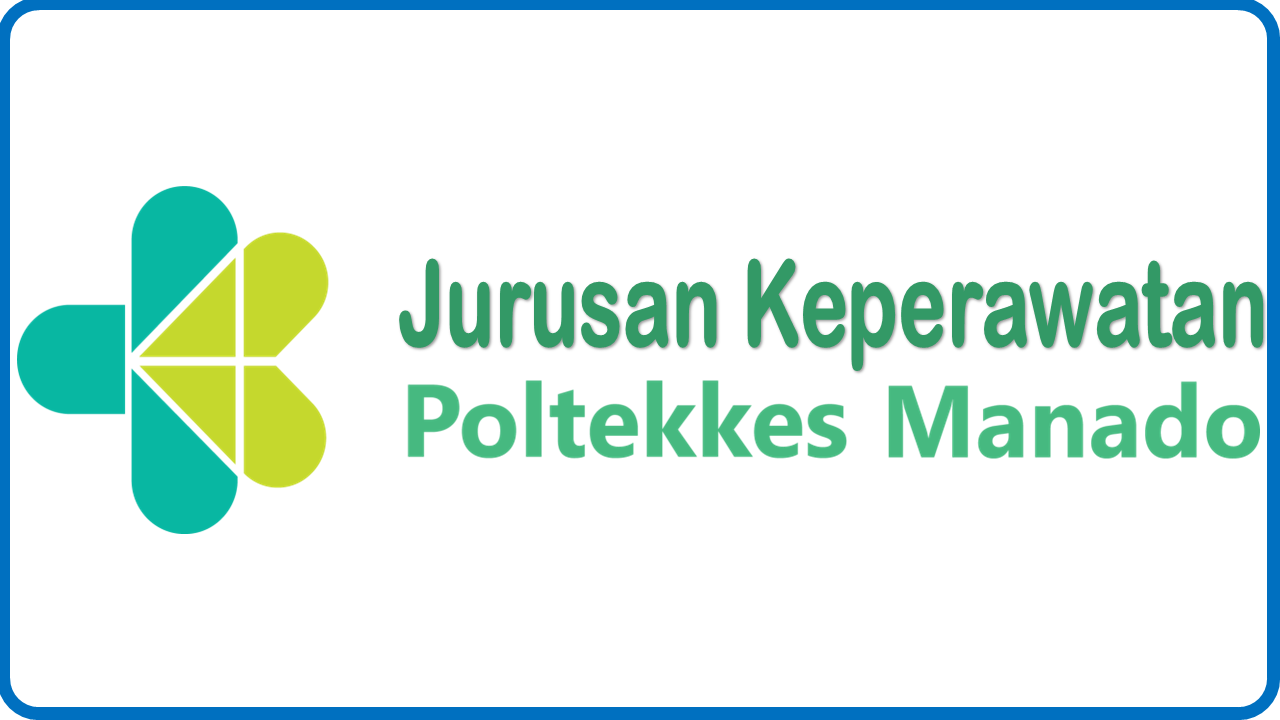AUTHOR GUIDELINES
GENERAL GUIDELINES
Manuscripts should be written in English/Indonesian with the following structure: Title, Author(s) and institution(s) and correspondence address, Abstract, Keywords, Introduction (Background and Objectives), Methods, Results and Discussion, Conclusion, Acknowledgments (if necessary), and References.
Manuscripts must be typed using MS-Word, Times New Roman font size 12. The maximum length of the manuscript is 10 pages with single spacing.
SPECIAL INSTRUCTIONS
Title
The Indonesian title should be typed in capital letters and bold, maximum 15 words, and should not include the words “study,” “influence,” “relationship,” “analysis,” or the year. The font should be Times New Roman, size 14, and single-spaced.
The English title should be typed in lowercase and italic, with a maximum of 10 words, with the first letter of each word capitalized except for the first letter of the title. The font should be Times New Roman, size 14, with single spacing.
First Author1, Second Author2, Third Author3 The font should be Times New Roman, size 10, with single spacing.
(Full name of the author without title; if the authors are from the same institution, the institution code is not required)
1Institution of the first author
2Institution of the second author
3Institution of the third author
*) Correspondence email and phone number of one of the authors)
Abstract
Abstract consists of the introduction (1-2 sentences), research objectives (1 sentence), methods (3-5 sentences), research results (3-5 sentences), and conclusions (1 sentence) written in one paragraph, with Times New Roman 8 point, italics, and single space. The abstract consists of English and Indonesian languages, with no more than 200 words.
Keywords: Consists of 3-5 keywords sorted alphabetically, separated by a comma
Abstrak
Abstrak berisi uraian singkat tentang pendahuluan (1-2 kalimat) tujuan penelitian (1 kalimat), metode (3-5 kalimat), hasil penelitian (3-5 kalimat), dan kesimpulan (1 kalimat) yang dibuat dalan satu paragraf. Abstrak terdiri dari bahasa Inggris dan bahasa Indonesia tidak lebih dari 200 kata dengan menggunakan satu spasi. Abstrak bahasa Inggris menggunakan huruf miring, desimal menggunakan titik. Abstrak bahasa Indonesia menggunakan huruf tegak, desimal menggunakan koma. Artikel yang dimuat harus menyesuaikan tata cara penulisan yang tetapkan oleh Media Kesehatan agar tulisan yang dimuat memiliki gaya yang sama, oleh karena itu untuk memudahkan penulis, maka pastikan tidak mengubah template ini, yang meliputi jenis dan ukuran huruf, spasi, jarak indent, dan lain sebagainya. Jumlah halaman untuk jurnal Media Kesehatan maksimal 15 halaman
Kata kunci: Terdiri atas 3-5 kata kunci diurutkan menurut abjad dipisahkan dengan tanda koma dan tidak diakhiri tanda titik
INTRODUCTION (Times New Roman 12 point, Bold, single spaced)
The introduction contains the background and objectives of the study, written in separate paragraphs. The background explains the reasons why this study was conducted and is supported by the results of recent studies in the last 10 years obtained from domestic and international journals and books.
This section also presents the research problem using the inverted pyramid method, starting from the global, national, and local levels. The maximum length of this section is 1.5 pages, written in Times New Roman font, single-spaced, 12-point font size, with each paragraph consisting of at least two sentences, and the research objectives stated at the end.
Citations are distinguished between those at the beginning and end of a sentence. If there is only one author, the citation at the beginning is Rommy (2015), and at the end (Rommy, 2015). If there are two authors, the citation at the beginning is Rommy and David (2016), while the citation at the end is (Rommy & David, 2016). If there are more than two authors, the citation at the beginning is Rommy et al. (2017), and the citation at the end is (Rommy et al., 2017). The abbreviation “et al.” is italicized, with a period after “et al.” If the author's name consists of two words, such as Rommy David, the citation at the beginning is David (2017), and the citation at the end is (David, 2017). If the author's name consists of three words, such as Rommy David Watuseke, the citation at the beginning is Watuseke (2017) and the citation at the end is (Watuseke, 2017). The citation for journal articles from electronic sources on the internet is Author, initials., year. Article title. Journal title, [media type] Volume number (issue/section number), page number if available. Website address/URL in detail and underlined
METHOD (Times New Roman 12 point, Bold, single spaced)
Design, place, and time (Times New Roman 12 point, Bold, single-spaced)
This section explains the design, place, and time of the research, typed in sequential paragraphs. The text is written in Times New Roman 12 point with single spacing. Each paragraph begins with a 6-digit indent.
Number and method of subject selection (for survey research) or materials and equipment (for laboratory research) (Times New Roman 12 point, Bold, single-spaced)
This section consists of 1-2 paragraphs explaining the population, subjects, number, and method of subject selection in survey research or describing the materials and equipment used in laboratory research. The term “subject” is used for survey research, and the term “sample” is used for laboratory research. Explained sequentially in paragraph form, using Times New Roman font size 12 with single spacing. Each paragraph begins with a 6-digit indent and should not use subheadings. Qualitative research such as case studies, phenomenology, ethnography, and others must include a description of the validity check of the research results.
RESULTS (Times New Roman 12 point, Bold, single-spaced)
The results section describes the characteristics of the research subjects, univariate analysis, bivariate analysis (if any), and multivariate analysis (if any). Tables and figures are not allowed in this section; tables and figures are included at the end after the reference list.
The interpretation of research results is presented in narrative form, using Times New Roman 12 point font with single spacing. Paragraphs begin with a 6-digit indent and do not use subheadings for each variable.
DISCUSSION (Title in Times New Roman 12 point, Bold, single-spaced)
The discussion includes a discussion that connects and compares the research results with theories/concepts/findings from other research, whether they are consistent or inconsistent with the research results. The discussion should not merely narrate the results (tables and figures) but should also present the impact of the research results.
This section is written using Times New Roman 12 point font with single spacing. Paragraphs are indented 6 digits and do not use subheadings for each variable.
CONCLUSION (Times New Roman font size 12, bold, single-spaced)
The conclusion contains answers to the research objectives and is not a summary of the research results presented in one paragraph and typed using Times New Roman font size 12 with single-spacing. Paragraphs begin with a 6-digit indent.
RECOMMENDATIONS (Times New Roman 12 point, Bold, single-spaced)
Recommendations are based on research findings and refer to practical activities, further research, or new theoretical developments. Recommendations are typed using Times New Roman 12 point, Bold, single-spaced. The paragraph begins with a word indented 6 spaces to the left.
ACKNOWLEDGEMENTS (Times New Roman 12 point, Bold, single-spaced)
This section is optional and contains acknowledgements to parties who contributed to this research, such as funders or sponsors, contributors of materials, tools, and facilities. Names should not include titles.
REFERENCES
The reference list should only include references cited in this article. Authors are required to use references from the past 10 years, with at least one reference citing a publication in a health-related journal. References should be formatted using the Harvard system, and it is recommended to use standard reference management tools such as Mendeley or Zotero. References should be arranged alphabetically by the author's last name. An example of a reference list is as follows:
Bongoura M.L., Atindana J.N., Ming Z.H., Wei P, Mothibe K.J and Xue Z.K. 2012. Starch Functional Properties and Resistant Starch from Foxtail Millet [Setaria italica (L.) P. Beauv] Species. Pakistan Journal of Nutrition, 11: 919-928.
Gibson RS. 2005. Principles of Nutritional Assessment. Second Edition. New York: Oxford University Press.
Kementerian Kesehatan Republik Indonesia. 2013. Riset Kesehatan Dasar. Jakarta: Kemenkes RI.
Rommy. 2017. Pengaruh Subtitusi Tepung Ikan Gabus terhadap Daya Terima Bangke Sagu. Media Gizi Pangan Vol. XXIV, Edisi 2, Juli – Desember 2017
Wagiyono. 2003. Menguji Kesukaan Secara Organoleptik http://psbtik.smkn1cms.net/pertanian/agroindustri/agroindustri_non_pangan/mengujikesukaan_secara_organoleptik.pdf (Diakses 9 November 2017)




